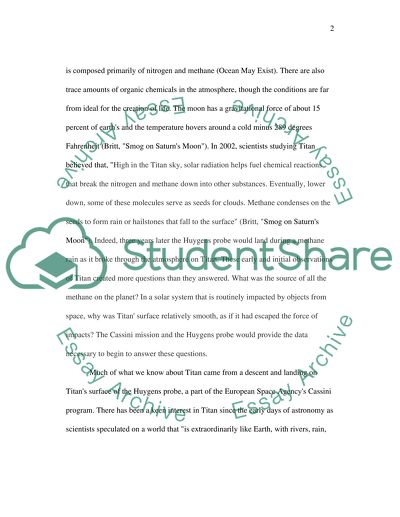Cite this document
(“Saturn's Moon Titan Essay Example | Topics and Well Written Essays - 2000 words”, n.d.)
Retrieved from https://studentshare.org/miscellaneous/1507101-saturns-moon-titan
Retrieved from https://studentshare.org/miscellaneous/1507101-saturns-moon-titan
(Saturn'S Moon Titan Essay Example | Topics and Well Written Essays - 2000 Words)
https://studentshare.org/miscellaneous/1507101-saturns-moon-titan.
https://studentshare.org/miscellaneous/1507101-saturns-moon-titan.
“Saturn'S Moon Titan Essay Example | Topics and Well Written Essays - 2000 Words”, n.d. https://studentshare.org/miscellaneous/1507101-saturns-moon-titan.


